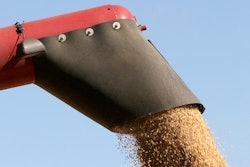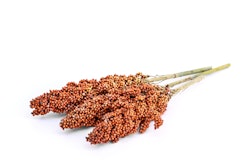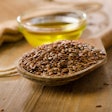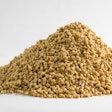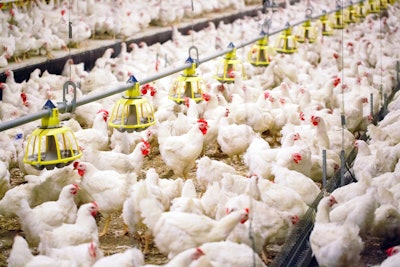
After my previous blog on feeding high-barley diets to pigs, we continue with another species that can consume low-cost barley, which is becoming increasingly available at certain regions of the world. As mentioned, barley contains significant amounts of fiber and broilers of modern genetic makeup may not be able to handle such voluminous diets, but this is something that needs to be discussed with your genetic supplier.
Feeding high-barley diets to broilers can be done effectively with proper formulation. It must be remembered that barley is a cereal grain and contains energy, protein, but also considerable fiber. Thus, it is important to consider these factors in detail to ensure optimal growth and performance. Below is a brief list of check points when considering feeding high-barley diets to broilers.
1. Formulation of the actual feeds
Always work with a knowledgeable poultry nutritionist who has prior experiences feeding high levels of barley to broilers. This might sound common sense for some regions, but barley is not as widespread an ingredient as many may believe, especially when it comes to feeding broilers.
2. Inclusion levels
Introduce barley gradually into the broilers' diet to allow their digestive system to adjust to the new feed ingredient. Start with a small percentage of barley (5-10% in the starter feed) and increase it over time (up to 50% of the cereal portion is considered a safe maximum). This step helps prevent digestive disturbances, while ensuring maximal efficiency and performance.
3. Protein balance
As a cereal, barley is relatively low in protein and certain essential amino acids. To compensate for this, you need to supplement the diet with additional protein sources such as soybean meal and/or fish meal. The amino acid profile of barley is quite unique, and this must be accounted for during formulation.
4. Exogenous enzymes
Barley contains higher levels of non-starch polysaccharides (NSPs) compared with other small cereals, which can impair nutrient digestion and absorption. Enzyme supplementation, such as beta-glucanases and xylanases, can help break down the NSPs and improve nutrient availability. In most cases, for economy reasons, a beta-glucanase is added only.
5. Adding an extra lipids source
Although barley as a cereal is considered a good source of energy, its high fiber content may reduce energy (and other nutrient digestibility). Adjust the overall energy level of the diet to compensate for this reduced digestibility by adding an enzyme as well as a source of lipids such as soybean oil.
6. Feed manufacturing
Barley should be coarsely ground, but finer than other cereals due to its hard(er) and more fibrous pericarp. Nevertheless, the presence of NSPs will cause the same problems of pastiness, such as those encountered with wheat. Here, again, the use of an enzyme will help, especially in the case of wet/sticky droppings. Pelleting can also be another option.
In closing, it is important to keep in mind that the above are but generalizations. Actual feeding practices will vary based on factors such as breed, age, health, management style and facilities. Thus, we always recommended consulting with a qualified nutritionist to provide a custom-tailored program, especially when feed formulation norms are exceeded.

